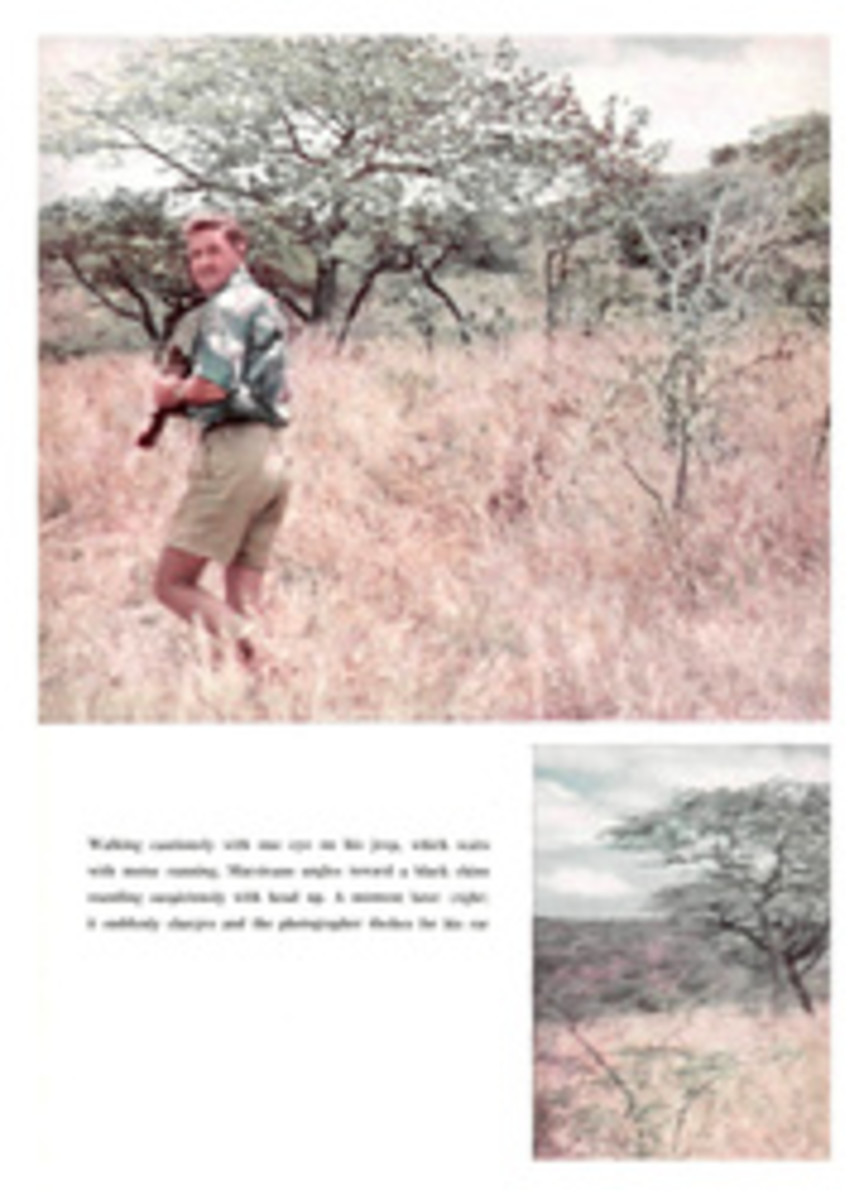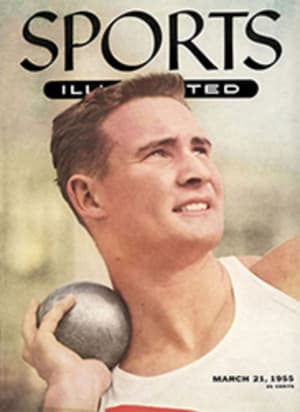
GRAPEFRUIT CIRCUIT
St. Petersburg Lake Maggiore may not be 40 miles long, like its Alpine namesake, but it's only four feet deep. This has its advantages, as Referee Whitey Miller assured the assembled drivers at the Third Annual Sunshine City Outboard Regatta on the Florida lake: "Any place you dump, you can stand up in it." Even more important, its green waters were as smooth as a Florida lime drink before the bright, hornet-angry swarms of outboards poured out around the one-and-two-thirds-mile course the last Sunday in February.
The St. Petersburg Regatta was the sixth of seven days of outboard racing sanctioned by the American Power Boat Association in Florida from January 23 to March 13. It was also the last day's competition on the Grapefruit Circuit between two of the wiliest and swiftest pros in the outboard business: Bill Tenney, a lanky, blond, 39-year-old engineer from Dayton, Ohio; and stocky, dark-haired Bud Wiget, a relaxed, easygoing fellow from Concord, Calif., who's been fascinated by outboards since he was a teen-ager and lost his girl to a boy who owned one. Wiget (pronounced to rhyme with "spigot") now competes in about 18 regattas a year, is particularly spectacular in runabouts (with APBA records in both C and F racing and C service classes) and in 1954 was the APBA's top-scoring pro driver for the third time. Tenney, unlike Wiget, competes in National Outboard Association events as well as rival APBA-sanctioned races, and holds the B and C hydroplane records for both the NOA and APBA.
SIZES AND TYPES
The runabout, a flat-bottomed pleasure craft which evolved into a racing boat, is less fast but also less likely to flip than the hydroplane, which has steps on the bottom and was designed strictly for racing. Between the two types of boat, outboard classes are simply divided, for equality, according to engine size (from seven-and-a-half-cubic-inch piston displacement in class M to 60 cubic inches in class F motors) and engine type (stock, service or racing). Gasoline-burning stock engines are raced as they come from the manufacturer, without modification. In most serious, record-breaking outboard racing, alcohol-burning service and racing motors, whether designed originally or modified for the faster fuel, are used.
The first event at St. Petersburg in which Wiget and Tenney crossed the starting line together was the C racing runabout. The crowd was braced for a cutthroat contest; both were running neck and neck for the Colonel Green Star Island trophy, the Grapefruit Circuit's top award for racing pros. Tenney led the first heat all the way, with a good but unspectacular average speed of 55.487 mph. Wiget finished second by a comfortable 15.1 seconds. The second heat, which Tenney also won, was disappointing. Wiget had a cracked cylinder head, which may have been slowing him down in the first race, and had to drop out.
Wiget was not entered in the two heats of the C hydro class, next on the agenda, which Tenney won. But then came the F hydro race, last of the day and the last in which the two rivals would battle boat to boat on this year's Grapefruit Circuit.
In the first heat, Wiget slammed his U.S. 2 hydro around the course unchallenged for an average speed of 64.194 mph, an APBA record. Tenney placed third, behind Hap Owens, last year's class F hydro champ. But the record breaker was too much for Wiget's motor. In the first lap of the second heat a broken ignition wire cost him a cylinder and he dropped out. Owens won that one, with Tenney again following the 46-year-old truck driver from Bedford, Mass. across the line.
Altogether, at St. Pete, Wiget was first in the C service runabout, third in F hydro and fourth in C racing runabout, which with his previous four wins in C service runabouts was enough to clinch the trophy. Tenney logged three wins, one second and one fifth. In the pits after the racing, Wiget announced cheerfully that the Florida trip—his first since the 1950 APBA championships at Lake Alfred—had been good fun. "We'll have to continue the feud with Tenney next year," he grinned. "Bill runs awfully quick. He's a hard man to catch."
A GOOD BAROMETER
Although the APBA's scoring year runs from April to October and does not include Grapefruit Circuit points, the Florida regattas give the Wigets of the outboard world a chance to break records, and tomorrow's record breakers an opportunity to rub the varnish off their boats in competition. It's also a good barometer of the sport. Most old-timers on the circuit this winter believe outboard racing is off to its fastest start in years. Close to 250 drivers, a record number, were competing on the Grapefruit Circuit this winter, and the number of drivers registered with the APBA and NOA is growing steadily. More and more outboard regattas are being scheduled: the 450 odd NOA or APBA sanctioned events in 1954 may be swelled by as much as 100 this year, with a proportionate increase in unofficial, unsanctioned races.
New drivers in all classes, and new equipment, much of it still in the experimental stage, promise that outboard racing in 1955 will move closer than ever to its logical niche in U.S. sport: a thrilling mass spectacle for fans; a relatively safe but spine-tingling pastime for participants.
PHOTO
WIGET IN RECORD-SETTING CLASS F HYDRO
ILLUSTRATION

